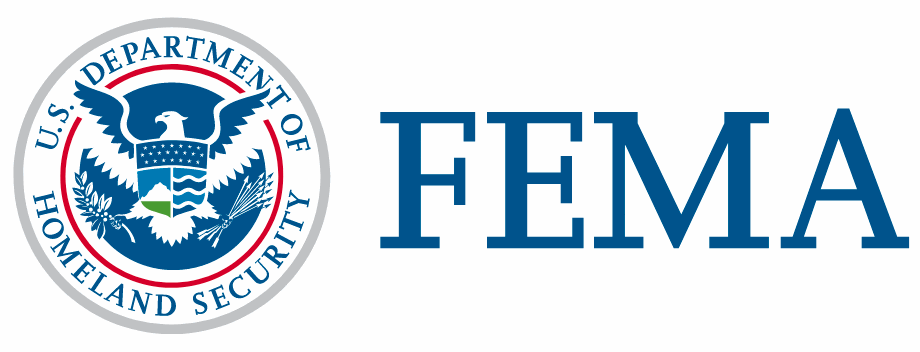The United States Federal Emergency Management Agency (FEMA) could be mandated to purchase much more in the way of risk transfer if a bill that aims to get FEMA buying insurance, reinsurance and capital markets risk transfer tools to provide disaster relief financing comes into law.
 Currently FEMA buys a reinsurance program specifically to cover some of the flood insurance risks held by the National Flood Insurance Program (NFIP), but in future FEMA could be mandated under law to acquire much more in the way of risk transfer to cover more of the costs from disasters, effectively to boost its funding using contingent sources of risk capital.
Currently FEMA buys a reinsurance program specifically to cover some of the flood insurance risks held by the National Flood Insurance Program (NFIP), but in future FEMA could be mandated under law to acquire much more in the way of risk transfer to cover more of the costs from disasters, effectively to boost its funding using contingent sources of risk capital.
The bill, HR 5973, named the Disaster Assistance Risk Transfer Act of 2018, has been introduced to Congress in late May and was referred to the Subcommittee on Economic Development, Public Buildings and Emergency Management for consideration.
If enacted it this bill will call for:
Not later than 90 days after the date of enactment of this section, the Administrator of the Federal Emergency Management Agency shall solicit proposals and may secure contracts from private entities providing insurance, reinsurance, or capital market investments to transfer a portion of the risk of assistance provided under any or all of sections 403, 404, 406, 407, 408, and 428, and of title V.
Any funds from gained under risk transfer arrangements would be deposited into a Disaster Relief Fund for use in recovery and response to disaster events by FEMA and similar agencies.
The, within 18 months of enactment, the bill calls for FEMA to submit a report to Congress outlining how risk transfer, from private reinsurance, capital, and financial markets, could be used to “assist communities in managing the full range of financial risks associated with major disasters.”
The idea being that any payouts from risk transfer would flow into the Disaster Relief Fund to help communities respond to the impacts of disaster events.
The bill would then call for risk transfer arrangements to be established annually to transfer more of the risk of payment by the Fund to insurance, reinsurance and capital markets sources. The bill also specifies that multi-year risk transfer arrangements could also be entered into by FEMA.
The upshot of this bill is that FEMA could reduce the disaster burden on taxpayers by setting up a range of risk transfer products, from traditional insurance and reinsurance market sources, or from the capital markets through catastrophe bonds and other insurance-linked securities (ILS), which would pay out when disaster strikes to fund relief and response efforts to benefit the affected communities.
It is a sensible move, which would enable the private risk transfer and reinsurance markets to take on much more of the uninsured catastrophe and severe weather risk in the U.S., also helping the government to reduce the burden on taxpayers while ensuring that relief and response funding is guaranteed to be there.
The use of parametric triggers is not specified, but would clearly be a component of any FEMA related purchase of catastrophe risk transfer for disaster financing costs, as such triggers would ensure a rapid payout to enable FEMA and related agencies to make the most difference in the impacted communities.
If the bill is put into law it could bring a significant chunk of new risk to the reinsurance and ILS markets, as much of this disaster response, recovery and rebuilding type financing has typically been solely government supplied in the past.
Additionally, FEMA is reported to be looking to expand its NFIP flood reinsurance program further, according to an article from Bloomberg.
FEMA returned to the reinsurance market at the start of 2018 for an enlarged and restructured $1.46 billion reinsurance placement, secured from a panel of 28 private market reinsurers.
FEMA is also in the market for a catastrophe bond, which it said it was hoping to have issued by July 1st this year as well, so bringing the capital markets into the NFIP flood reinsurance program for the first time.
But on top of this, FEMA is also looking to grow the amount of flood insurance risk it transfers from the NFIP to reinsurance capital providers.
Bloomberg reported that a FEMA spokesperson said the agency is now looking to expand the flood reinsurance program, so we could see a significant chunk of new risk coming to market not just from the NFIP, but also from FEMA’s own disaster funding needs, if the bill mentioned above goes ahead.
Of course, FEMA absolutely should use risk transfer and insurance risk capital to provide it with the funding required to pay for disaster response, recovery, rebuilding etc. The reinsurance and ILS markets could easily absorb a significant amount of this risk from FEMA, meaning the agency would have just-in-time or contingent capital available for exactly when it needs it after disasters strike.
Register now for our Singapore ILS conference. Tickets on sale here.

 View all of our Artemis Live video interviews and subscribe to our podcast.
View all of our Artemis Live video interviews and subscribe to our podcast.
All of our Artemis Live insurance-linked securities (ILS), catastrophe bonds and reinsurance video content and video interviews can be accessed online.
Our Artemis Live podcast can be subscribed to using the typical podcast services providers, including Apple, Google, Spotify and more.































